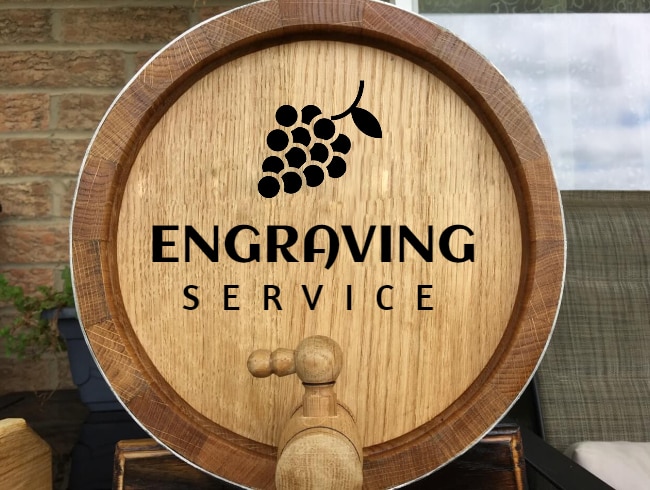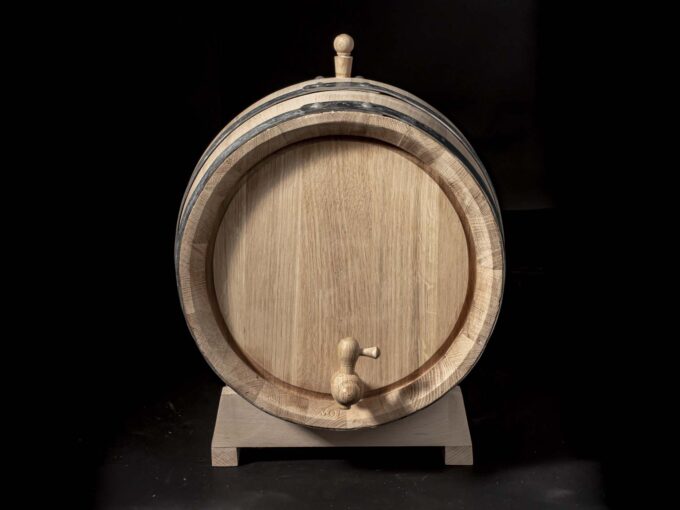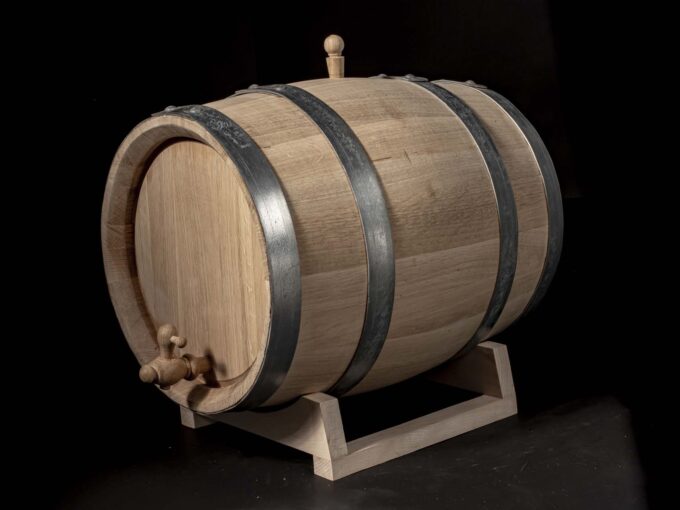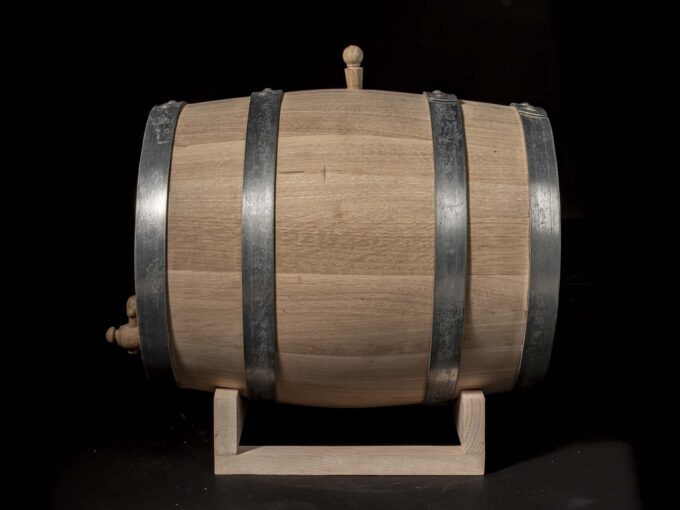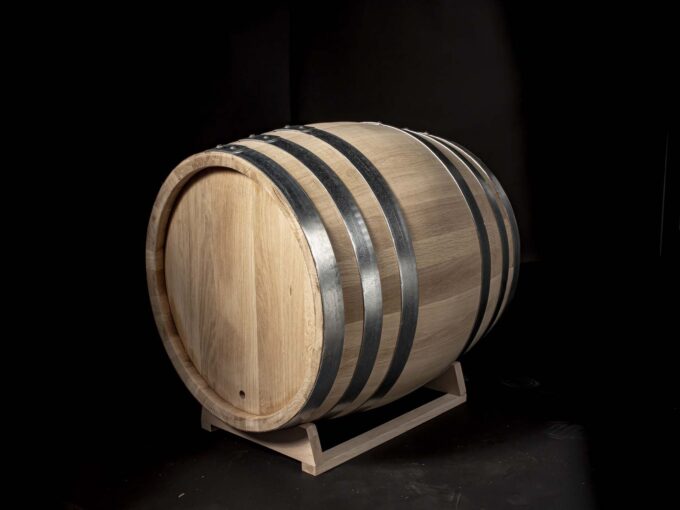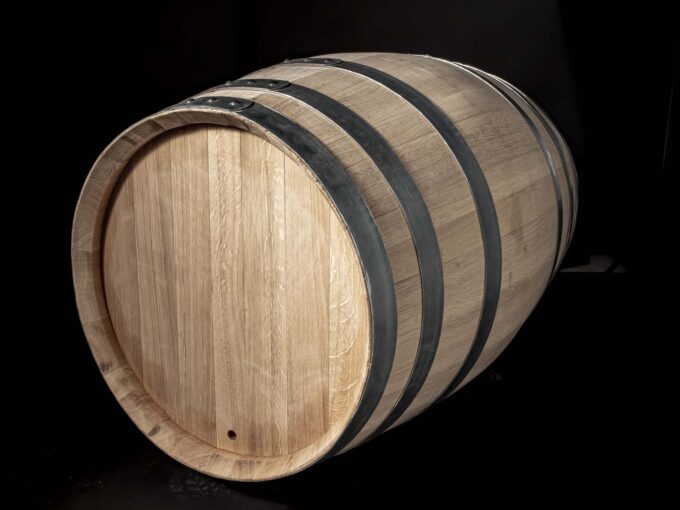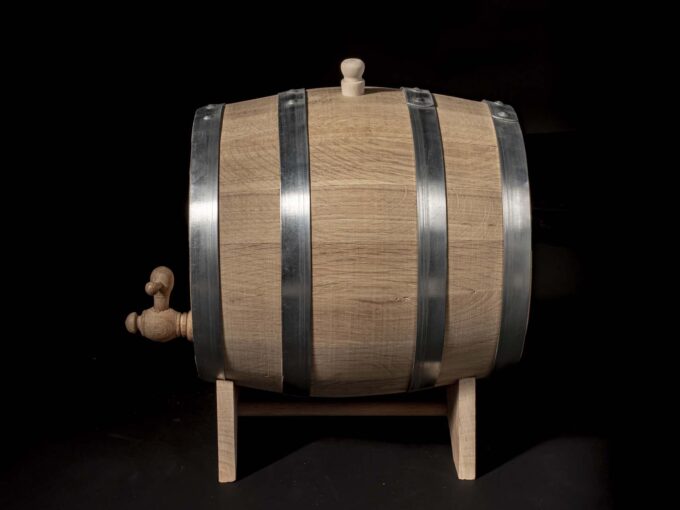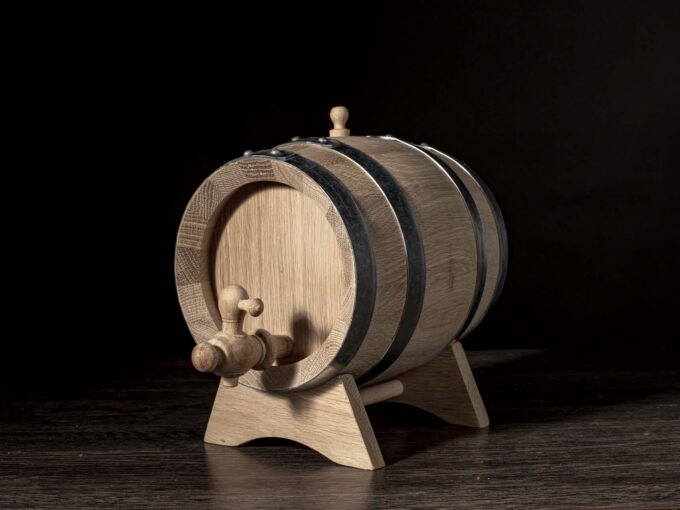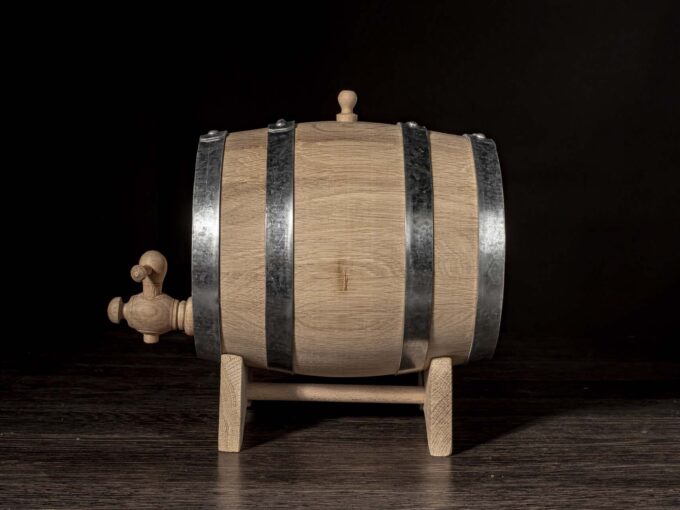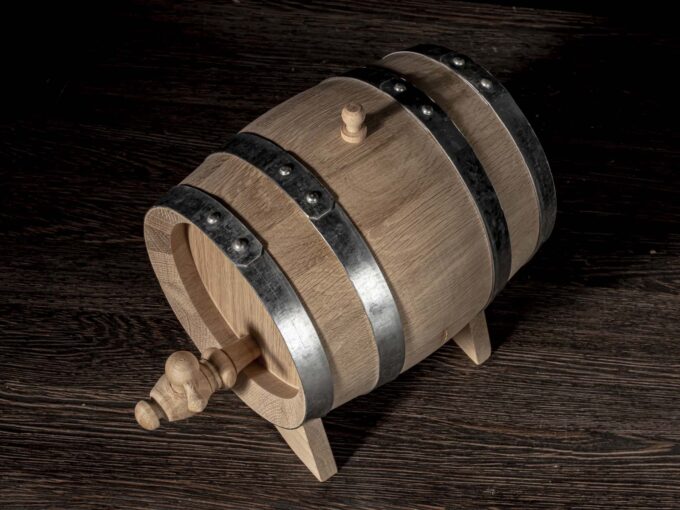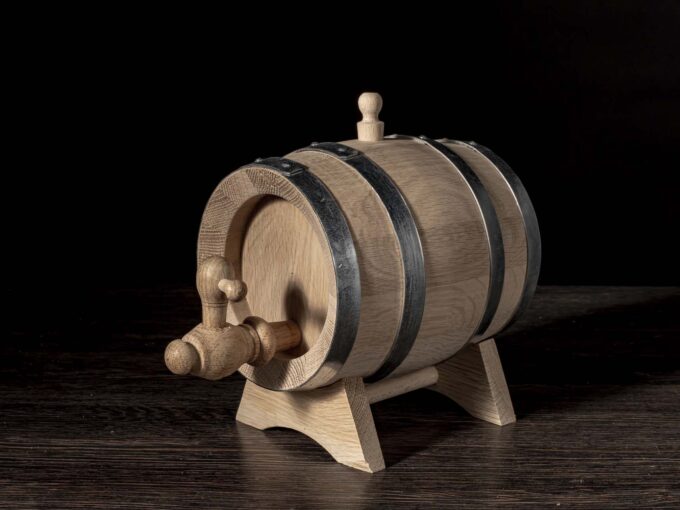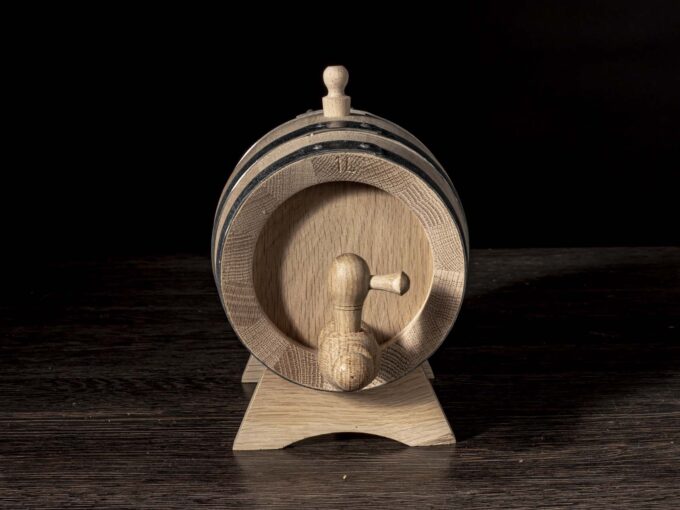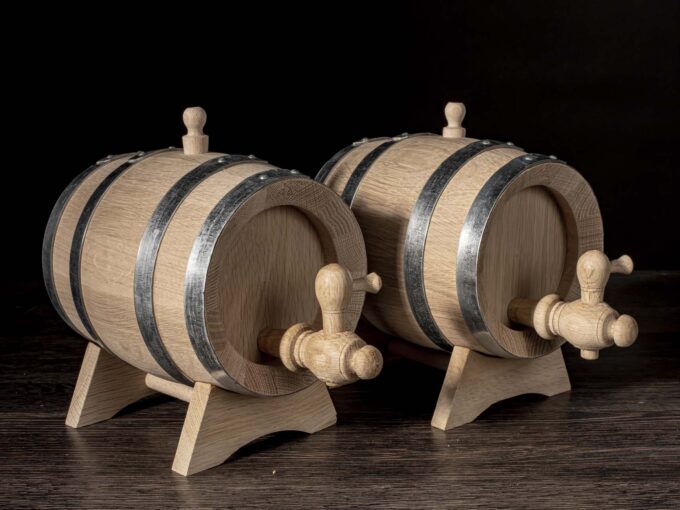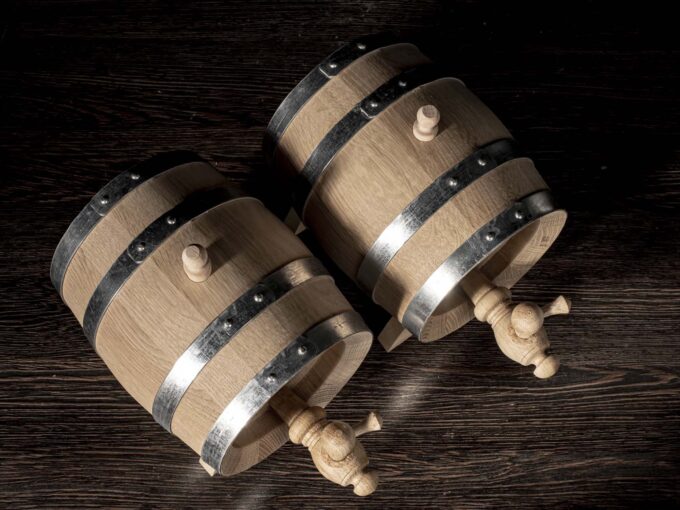How to Choose the Right Wine Oak Barrel
Choosing the perfect wine oak barrel can be daunting, there’s so many things to consider. But with the right guidance you’ll be able to make an informed decision that’s right for your wine. Here are some things to consider:- American Oak vs. French OakWhen choosing a wine barrel one of the biggest decisions you’ll make is between American oak and French oak. Both have their own characteristics:
- American oak imparts bold, intense flavors like vanilla, coconut and even caramel. Good for wines that can handle a bigger profile, like Cabernet Sauvignon or Zinfandel.
- French oak is more subtle and refined, imparts gentle flavors of spice, toast and soft tannins to the wine. Good for lighter, more delicate wines like Pinot Noir or Chardonnay where the oak shouldn’t overpower the wine’s natural flavors.
- New Oak Barrels vs. Used Oak BarrelsAnother big decision is new oak barrels or used oak barrels. The choice between the two is largely based on the flavor profile you want to achieve:
- New barrels impart more oak flavors and higher tannins, good for adding complexity to full bodied wines. These are best when you want to really shape the wine’s structure and flavor.
- Used barrels having already aged one or more batches of wine offer a more restrained oak impact. These barrels are good if you want to add subtle, nuanced flavors without overpowering the wine’s natural characteristics.
- Natural Oak: No Chemicals or AdditivesAnother important consideration is that the barrel is made from natural oak with no coatings, lacquers or chemical treatments. High quality barrels are made from pure oak, no additives that can interfere with the wine’s natural development. Raw, untreated oak is essential to keep the wine’s flavor profile authentic and pure. When choosing barrels you should always check:
- No synthetic finishes (varnishes or lacquers) that can leach into the wine and change the taste.
- No chemical preservatives, so the interaction between wine and oak is natural and clean.
- Toasting Levels: Light, Medium or HeavyToasting refers to the level of heat the inside of the barrel is exposed to and this affects the flavors it imparts:
- Light toasting allows the wood’s natural flavors to shine through, adds more earthy notes.
- Medium toast is the most common, brings out a balanced mix of vanilla, caramel and spice and adds body to the wine.
- Heavy toast gives more smoky and spicy flavors, good for bold, full bodied wines like Syrah or Tempranillo.
- Barrel Toasting Consistency and UniformityIt’s not just the toast level that matters—consistency in the toasting process is key. A well made barrel will have an evenly toasted interior so the oak flavors are distributed uniformly throughout the wine as it ages. Inconsistent toasting can result in uneven flavor development where some parts of the wine are over-oaked and others under-exposed. When checking barrels look for:
- Even toasting: The interior of the barrel should be evenly toasted across all staves to get balanced flavor integration.
- Specialized toasting profiles: Some cooperages offer custom toasting profiles based on the type of wine you’re aging. These profiles will help you get more precise flavor results.
- Barrel Size: Small or Large?Barrel size also plays a part in the aging process:
- Smaller barrels (30-gallon or 59-gallon barrels) have more oak contact with the wine, faster aging and more oak impact. Good for winemakers who want to shorten the aging period and get a rich, oaky flavor.
- Larger barrels (132-gallon or 225-liter barrels) slow down the aging process, allows the wine to develop more gradually with less oak impact. Good for long term aging and for wines that need a more gentle touch.
- Wood Thickness and Barrel DurabilityThe thickness of the oak staves in a barrel is important not only for the aging process but also for the barrel’s durability. Thicker staves provide more structural integrity which is especially important during fermentation where gases can build up and create internal pressure.
- Thicker staves (found in long term aging barrels) will be strong enough to handle the fermentation process and resist leakage or breakage over time.
- Thinner staves will accelerate the aging process due to more oxygen transfer but can risk leakage or cracking if the wine puts too much pressure, especially during active fermentation.
Why Wine Oak Barrels Matter in the Aging Process
Using oak barrels for wine aging has been around for centuries and for good reason. Oak barrels add flavor, structure and complexity to the wine in ways no other aging method can. Here’s why oak is so important in winemaking:- Flavor: Oak barrels add flavors of vanilla, spice, smoke and caramel. The type of oak and the toast level will determine the intensity and style of these flavors.
- Tannin Integration: The tannins from the oak will integrate with the wine’s natural tannins to smooth and round the mouthfeel, get a more balanced and pleasant texture.
- Controlled Oxidation: Oak barrels will allow small amounts of oxygen to interact with the wine, slow oxidation. This will soften harsh tannins and enhance the wine’s complexity and bouquet.
- Aging: Wines aged in oak will have better aging potential, more layers of flavor and more depth over time.
Aging Times for Different Wines in Different Barrel Sizes
This is a general guide, the exact time will vary depending on the winemaker’s goals, the wine’s initial profile and personal taste. Regular tasting is key to getting what you want.Considerations
- Barrel Size and Surface Area: Smaller barrels (5-10 gallon) have a greater surface area to volume ratio, which will accelerate the oak’s impact on the wine. This will shorten the aging time compared to larger barrels (50 gallon) which will slow down the process due to less surface area per volume of wine
- Wine: Full bodied wines like Cabernet Sauvignon and Syrah will benefit from longer oak aging to soften the tannins and get complex flavors. Lighter wines like Pinot Noir or Chardonnay will need less time to avoid overpowering the natural fruit.
- Oak and Toast: American oak will impart stronger, bolder flavors faster than French oak which will be more subtle and nuanced. The level of toast (light, medium or heavy) will also impact the wine’s flavor profile and should be chosen according to the style of wine being aged
- Barrel: New barrels will impart more oak flavors, used barrels after several fills will be more “neutral” and will give less oak influence, perfect for more delicate wines or for winemakers who prefer less oak integration


